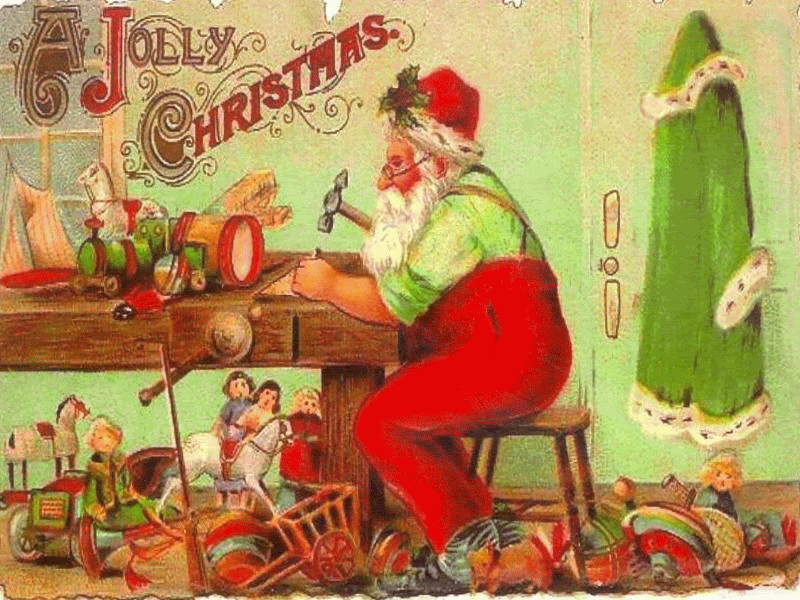
![]()

![]()













![]()

![]()












MURDER CASE 01.01.26
X-MAS PARTYY 02.01.26
SRK Targetted Again
Who will win best actress awards for 2025?
Smriti deserves 14 lac per episode
King and Love & War to split in 2 parts inspired by Dhurandhar??
Dhurandhar coming for a massive New Year Day collection
People do care about Abhiara/Abhiru!!
Band Baaja Baaraat To Re- Release
Tumse Tum Tak: A Line That Shouldn’t Be Crossed
Gumrah Zindagi ~ A Rori/Tanaj FF
Ayaana's Heart, Demi-Jinn's Curse ~ Roshan FF
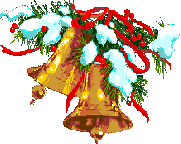







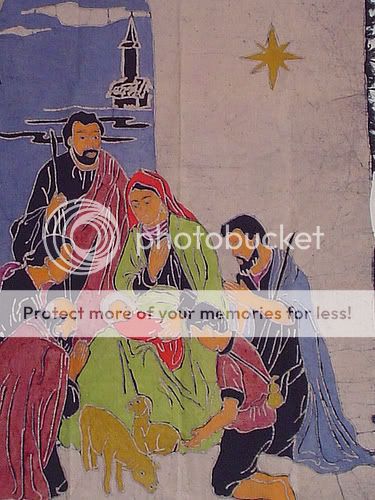
 Christmas is an annual holiday that celebrates the birth of Jesus. It refers both to the day celebrating the birth; as well as to the season which that day inaugurates, and which concludes with the Feast of the Epiphany. The date of the celebration is traditional, and is not considered to be his actual date of birth. Christmas festivities often combine the commemoration of Jesus' birth with various cultural customs, many of which have been influenced by earlier winter festivals.
Christmas is an annual holiday that celebrates the birth of Jesus. It refers both to the day celebrating the birth; as well as to the season which that day inaugurates, and which concludes with the Feast of the Epiphany. The date of the celebration is traditional, and is not considered to be his actual date of birth. Christmas festivities often combine the commemoration of Jesus' birth with various cultural customs, many of which have been influenced by earlier winter festivals. 
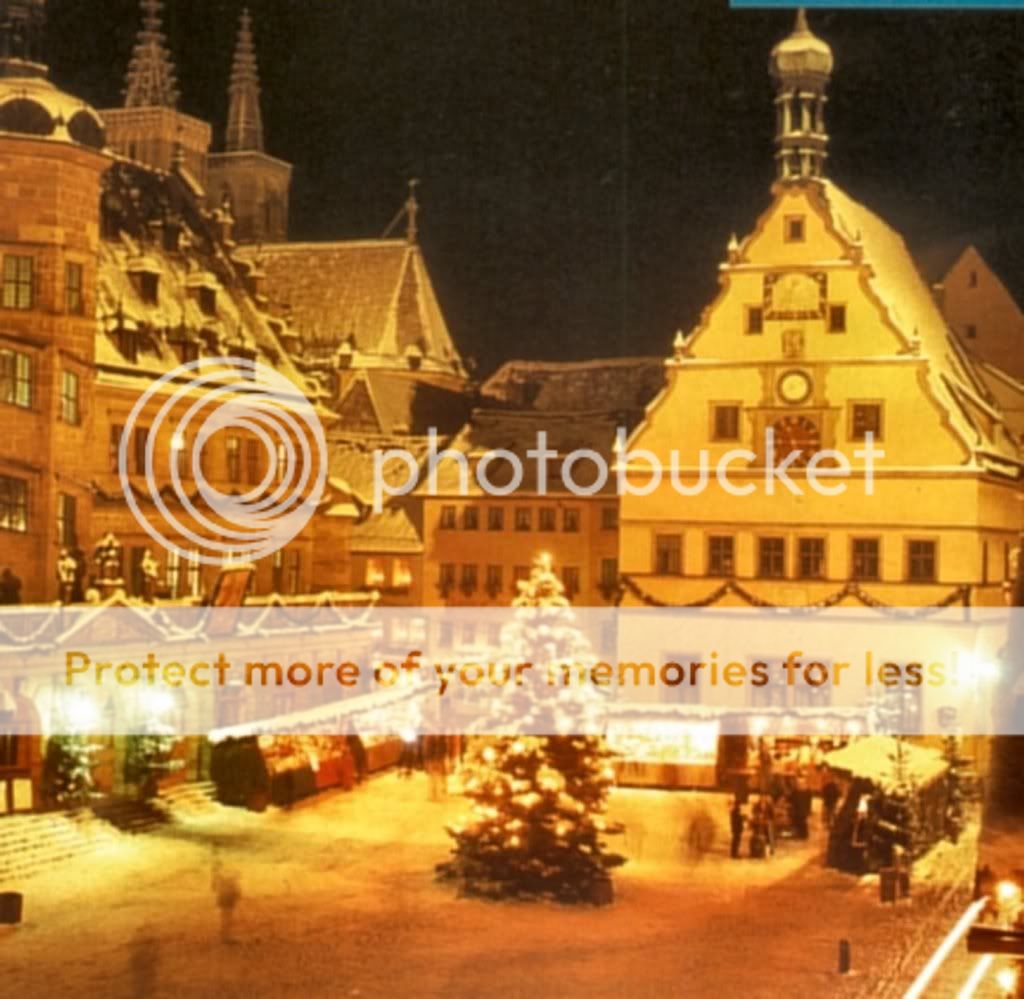
In most places around the world, Christmas Day is celebrated on December 25. Christmas Eve is the preceding day, December 24. In the United Kingdom and many countries of the Commonwealth, Boxing Day is the following day, December 26. In Catholic countries, Saint Stephen's Day or the Feast of St. Stephen is December 26. The Armenian Apostolic Church observes Christmas on January 6. Eastern Orthodox Churches that still use the Julian Calendar celebrate Christmas on the Julian version of 25 December, which is January 7 on the more widely used Gregorian calendar, because the two calendars are now 13 days apart.

The word Christmas originated as a contraction of "Christ's mass". It is derived from the Middle English Christemasse and Old English Cristes msse, a phrase first recorded in 1038, compounded from Old English derivatives of the Greek christos and the Latin missa. In early Greek versions of the New Testament, the letter ? (chi), is the first letter of Christ. Since the mid-16th century ?, or the similar Roman letter X, was used as an abbreviation for Christ. Hence, Xmas is often used as an abbreviation for Christmas.
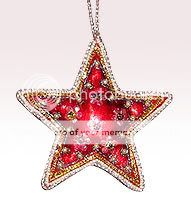
After the conversion of Anglo-Saxon Britain in the very early 7th century, Christmas was referred to as geol, the name of the pre-Christian solstice festival from which the current English word 'Yule' is derived.
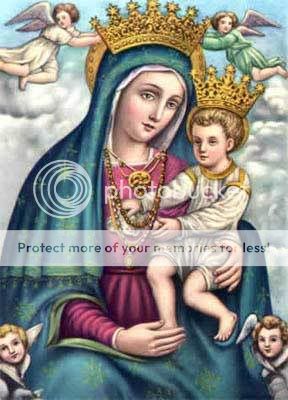
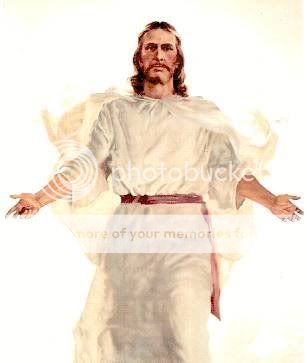
 Christmas Trees: How It All Got Started
Christmas Trees: How It All Got Started 

Long before the advent of Christianity, plants and trees that remained green all year had a special meaning for people in the winter. Just as people today decorate their homes during the festive season with pine, spruce, and fir trees, ancient peoples hung evergreen boughs over their doors and windows. In many countries it was believed that evergreens would keep away witches, ghosts, evil spirits, and illness.

In the Northern hemisphere, the shortest day and longest night of the year falls on December 21 or December 22 and is called the winter solstice. Many ancient people believed that the sun was a god and that winter came every year because the sun god had become sick and weak. They celebrated the solstice because it meant that at last the sun god would begin to get well. Evergreen boughs reminded them of all the green plants that would grow again when the sun god was strong and summer would return.

The ancient Egyptians worshipped a god called Ra, who had the head of a hawk and wore the sun as a blazing disk in his crown. At the solstice, when Ra began to recover from the illness, the Egyptians filled their homes with green palm rushes which symbolized for them the triumph of life over death.

Early Romans marked the solstice with a feast called the Saturnalia in honor of Saturn, the god of agriculture. The Romans knew that the solstice meant that soon farms and orchards would be green and fruitful. To mark the occasion, they decorated their homes and temples with evergreen boughs. In Northern Europe the mysterious Druids, the priests of the ancient Celts, also decorated their temples with evergreen boughs as a symbol of everlasting life. The fierce Vikings in Scandinavia thought that evergreens were the special plant of the sun god, Balder.
Germany is credited with starting the Christmas tree tradition as we now know it in the 16th century when devout Christians brought decorated trees into their homes. Some built Christmas pyramids of wood and decorated them with evergreens and candles if wood was scarce. It is a widely held belief that Martin Luther, the 16th-century Protestant reformer, first added lighted candles to a tree. Walking toward his home one winter evening, composing a sermon, he was awed by the brilliance of stars twinkling amidst evergreens. To recapture the scene for his family, he erected a tree in the main room and wired its branches with lighted candles.

Most 19th-century Americans found Christmas trees an oddity. The first record of one being on display was in the 1830s by the German settlers of Pennsylvania, although trees had been a tradition in many German homes much earlier. The Pennsylvania German settlements had community trees as early as 1747. But, as late as the 1840s Christmas trees were seen as pagan symbols and not accepted by most Americans.

It is not surprising that, like many other festive Christmas customs, the tree was adopted so late in America. To the New England Puritans, Christmas was sacred. The pilgrims's second governor, William Bradford, wrote that he tried hard to stamp out "pagan mockery" of the observance, penalizing any frivolity. The influential Oliver Cromwell preached against "the heathen traditions" of Christmas carols, decorated trees, and any joyful expression that desecrated "that sacred event." In 1659, the General Court of Massachusetts enacted a law making any observance of December 25 (other than a church service) a penal offense; people were fined for hanging decorations. That stern solemnity continued until the 19th century, when the influx of German and Irish immigrants undermined the Puritan legacy.
In 1846, the popular royals, Queen Victoria and her German Prince, Albert, were sketched in the Illustrated London News standing with their children around a Christmas tree. Unlike the previous royal family, Victoria was very popular with her subjects, and what was done at court immediately became fashionable—not only in Britain, but with fashion-conscious East Coast American Society. The Christmas tree had arrived.

By the 1890s Christmas ornaments were arriving from Germany and Christmas tree popularity was on the rise around the U.S. It was noted that Europeans used small trees about four feet in height, while Americans liked their Christmas trees to reach from floor to ceiling.
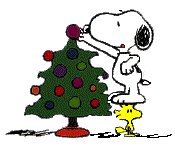
The early 20th century saw Americans decorating their trees mainly with homemade ornaments, while the German-American sect continued to use apples, nuts, and marzipan cookies. Popcorn joined in after being dyed bright colors and interlaced with berries and nuts. Electricity brought about Christmas lights, making it possible for Christmas trees to glow for days on end. With this, Christmas trees began to appear in town squares across the country and having a Christmas tree in the home became an American tradition.


 The Legend of St. Nicholas and Santa Claus
The Legend of St. Nicholas and Santa ClausThe legend of Santa Claus can be traced back hundreds of years to a monk named St. Nicholas.

It is believed that Nicholas was born sometime around 280 A.D. in Patara, near Myra in modern-day Turkey. Much admired for his piety and kindness, St. Nicholas became the subject of many legends. It is said that he gave away all of his inherited wealth and traveled the countryside helping the poor and sick.
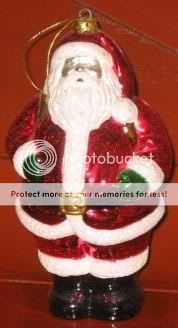
One of the best known of the St. Nicholas stories is that he saved three poor sisters from being sold into slavery or prostitution by their father by providing them with a dowry so that they could be married.

Over the course of many years, Nicholas's popularity spread and he became known as the protector of children and sailors. His feast day is celebrated on the anniversary of his death, December 6. This was traditionally considered a lucky day to make large purchases or to get married. By the Renaissance, St. Nicholas was the most popular saint in Europe.
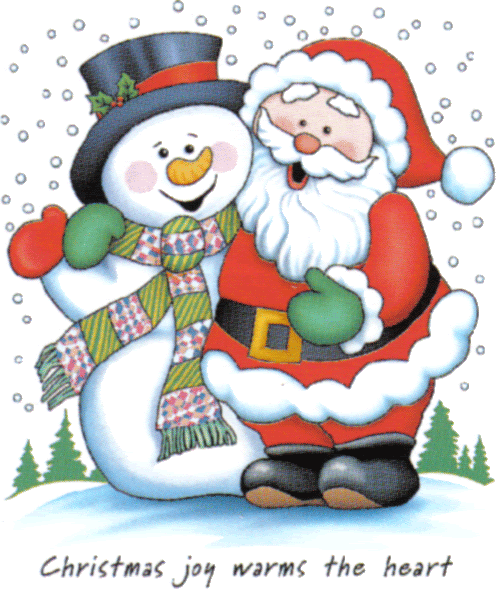
Even after the Protestant Reformation, when the veneration of saints began to be discouraged, St. Nicholas maintained a positive reputation, especially in Holland.
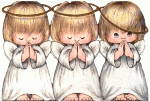
18th-century America's Santa Claus was not the only St. Nicholas-inspired gift-giver to make an appearance at Christmastime. Similar figures were popular all over the world. Christkind or Kris Kringle was believed to deliver presents to well-behaved Swiss and German children. Meaning "Christ child," Christkind is an angel-like figure often accompanied by St. Nicholas on his holiday missions.
In Scandinavia, a jolly elf named Jultomten was thought to deliver gifts in a sleigh drawn by goats. English legend explains that Father Christmas visits each home on Christmas Eve to fill children's stockings with holiday treats.
Pere Noel is responsible for filling the shoes of French children. In Russia, it is believed that an elderly woman named Babouschka purposely gave the wise men wrong directions to Bethlehem so that they couldn't find Jesus. Later, she felt remorseful, but could not find the men to undo the damage. To this day, on January 5, Babouschka visits Russian children leaving gifts at their bedsides in the hope that one of them is the baby Jesus and she will be forgiven.

In Italy, a similar story exists about a woman called La Befana, a kindly witch who rides a broomstick down the chimneys of Italian homes to deliver toys into the stockings of lucky children.
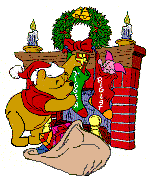
Rudolph, "the most famous reindeer of all," was born over a hundred years after his eight flying counterparts. The red-nosed wonder was the creation of Robert L. May, a copywriter at the Montgomery Ward department store.

In 1939, May wrote a Christmas-themed story-poem to help bring holiday traffic into his store. Using a similar rhyme pattern to Moore's "'Twas the Night Before Christmas," May told the story of Rudolph, a young reindeer who was teased by the other deer because of his large, glowing, red nose. But, When Christmas Eve turned foggy and Santa worried that he wouldn't be able to deliver gifts that night, the former outcast saved Christmas by leading the sleigh by the light of his red nose.

Rudolph's message—that given the opportunity, a liability can be turned into an asset—proved popular. Montgomery Ward sold almost two and a half million copies of the story in 1939. When it was reissued in 1946, the book sold over three and half million copies. Several years later, one of May's friends, Johnny Marks, wrote a short song based on Rudolph's story (1949).

It was recorded by Gene Autry and sold over two million copies. Since then, the story has been translated into 25 languages and been made into a television movie, narrated by Burl Ives, which has charmed audiences every year since 1964.

|
A wreath is a ring made of flowers, leaves, and sometimes fruits that can be used as an ornament, hanging on a wall or door, or resting on a table. A small wreath can be also worn on the head as a form of headdress. Wreaths are commonly made by evergreens as a symbol for the strength of life, with these plants overcoming even the harshest winters.
|

LEGEND OF CHRISTMAS CAROLS
The word carol is derived from Greek dance 'choraulein,' which was accompanied by flute music. It later became popular with the French, who replaced the flute music with songs. They called it caroller, which means dancing around in a circle. As the years rolled by, music and lyrics were included and hence the modern Christmas carols.
The custom of singing carols can be traced back to the 12th century when St. Francis of Assisi first introduced them in the church services. It is also said that they were originally communal songs sung during celebration like harvest, tide, as well as Christmas. By the end of 1600 century carols involved singing only and Christmas had become the main purpose for these songs. They were related to the nativity.
These origins are traced recently, but it is indicated that the angels sang the first carol to the shepherds announcing the birth of Jesus near Bethlehem.
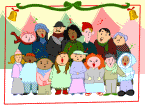

Haiiiiiiiiiiiiiiiiiiiii Officerssssssssss!!!!!!!!!!!!!!!!!!
Merry Merry Merry Merry Merry Christmas!😛
Silent night, holy night
All is calm, all is bright
Round yon Virgin Mother and Child
Holy Infant so tender and mild
Sleep in heavenly peace
Sleep in heavenly peace
Silent night, holy night!
Shepherds quake at the sight
Glories stream from heaven afar
Heavenly hosts sing Alleluia!
Christ, the Saviour is born
Christ, the Saviour is born
Silent night, holy night
Son of God, love's pure light
Radiant beams from Thy holy face
With the dawn of redeeming grace
Jesus, Lord, at Thy birth
Jesus, Lord, at Thy birth "
Soch kya rahein.... Celebrate kijiye.... Dhoom machayiye😃
Carols are so lovely to hear and sing naa....😳
So what do we do...... Every officer in their first christmas wish post please post a carol.... Its your compliment to this christmas thread😃
For your help.... Refer the following link😊
Attention! Attention! Attention!
Let's not forget our rule.... It still holds till New Year.... From Tomorrow... Every of our post must contain something related to new year..... Images, Wishes, Facts.... Anything... Officer's wish😛
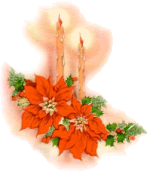
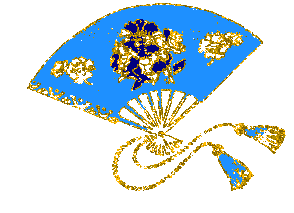
MEGA POST MELAAAAAAAAAAAAAAA!!!!!!!!!!!!!!!!!!!!!!!😛
 Kyun kya confusion hai????????
Kyun kya confusion hai????????
Aap logon ko to pata hai.... Pichle das dino se humare officers sabhi ko christmas wishes dete aaye hain... Pne har post me.... Ab unke saare wishes ko ek hi post me la dein... To.... Wah bhai wah....
Hai naa😃
Chaliye....... Dekhte hain humare koun koun se officers ne kaise kaise wishes bhejhe hain christmas ke liye😉

 Evil Santa Ammu's wishes for you alll😛
Evil Santa Ammu's wishes for you alll😛
